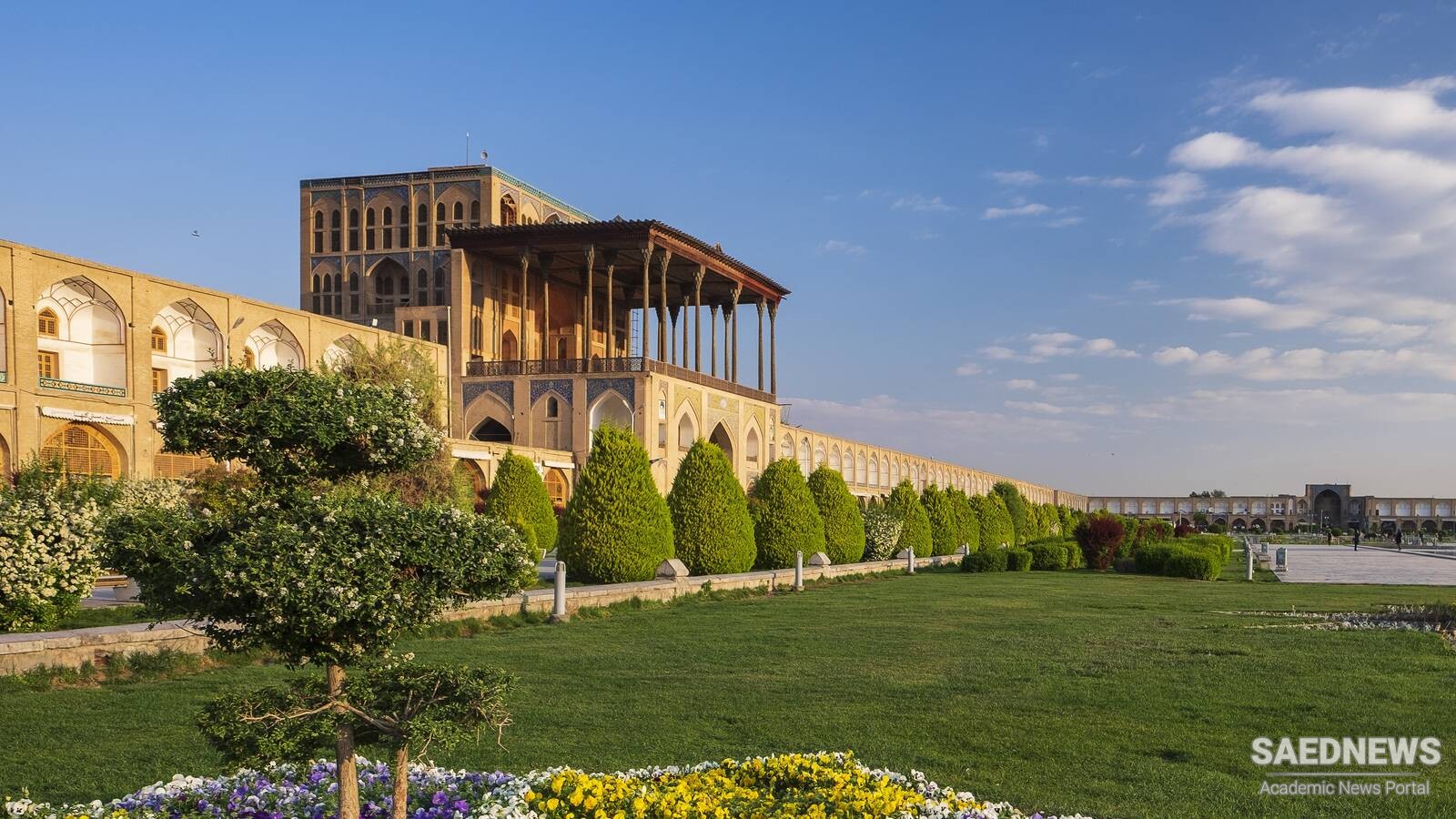Isfahan consists of 6 districts, 14 cities and 19 rural districts with many historical heritages and natural landscapes, which made Isfahan to be the 3rd biggest city in Iran, after Tehran and Mashhad. Isfahan is a district with Iranian civilization and culture which contains many heritages from all historical eras that registered in the list of historical monuments.
This city is one of the valuable archaeological centers, parallel to world-class areas, and many of its artifacts has been registered in the list of monuments and it has a high universal position for art, economy, science, industry, commerce and tourism. The name of Isfahan comes always along with Zayanderud River; also, it is properly called Nesf-e Jahan (means "half of the world") as one of the most spectacular places in Iran. Isfahan has been always a significant and glorious city in transportation and commodity exchanges because of its strategic axis along the Silk Road in the past and its heritage of ancient art, commerce and industry, at this time.
According to the history, Isfahan has been the industrial pole of the country. What placed Isfahan in this economical position is big industries such as iron foundry, automotive, military, aircraft, gas accessories and installations, Mobarakeh steel complex, refinery, polyacrylic, and different ceramic, tile making, stone, mine and stone cutting and textile factories. Also, this city is the center of Iran's handicraft on which a great part of the province's economy depends.
Tourism has also prospered in this city. Isfahan is always a living place for different ethnics and religions and one of the most significant centers for immigration of different religions' believers including Islam, Christian, Jewish and Zoroastrian. People in Isfahan speak in Esfahani accent, a tonal accent with some differences in pronounce, vocabulary, and even structure in comparison with Persian standard language.


 Glass: Growth of Art and Artwork
Glass: Growth of Art and Artwork














































